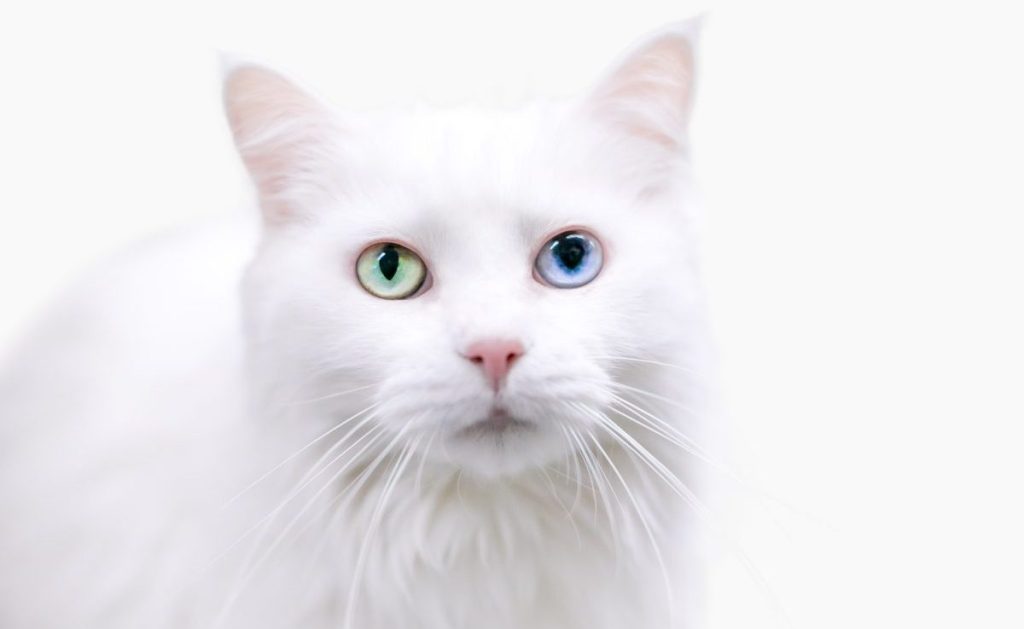The Turkish Angora is a captivating and elegant breed known for its long, silky coat, strikingly colored eyes, and graceful demeanor. Originating in Turkey, this breed has a rich history dating back centuries and is often associated with royalty and luxury. Turkish Angoras are medium to large-sized cats with a finely boned and muscular build. Their most distinctive feature is their luxurious, fine-textured…

When it comes to water, many felines seem to have their own set of unspoken rules — and some simply…
